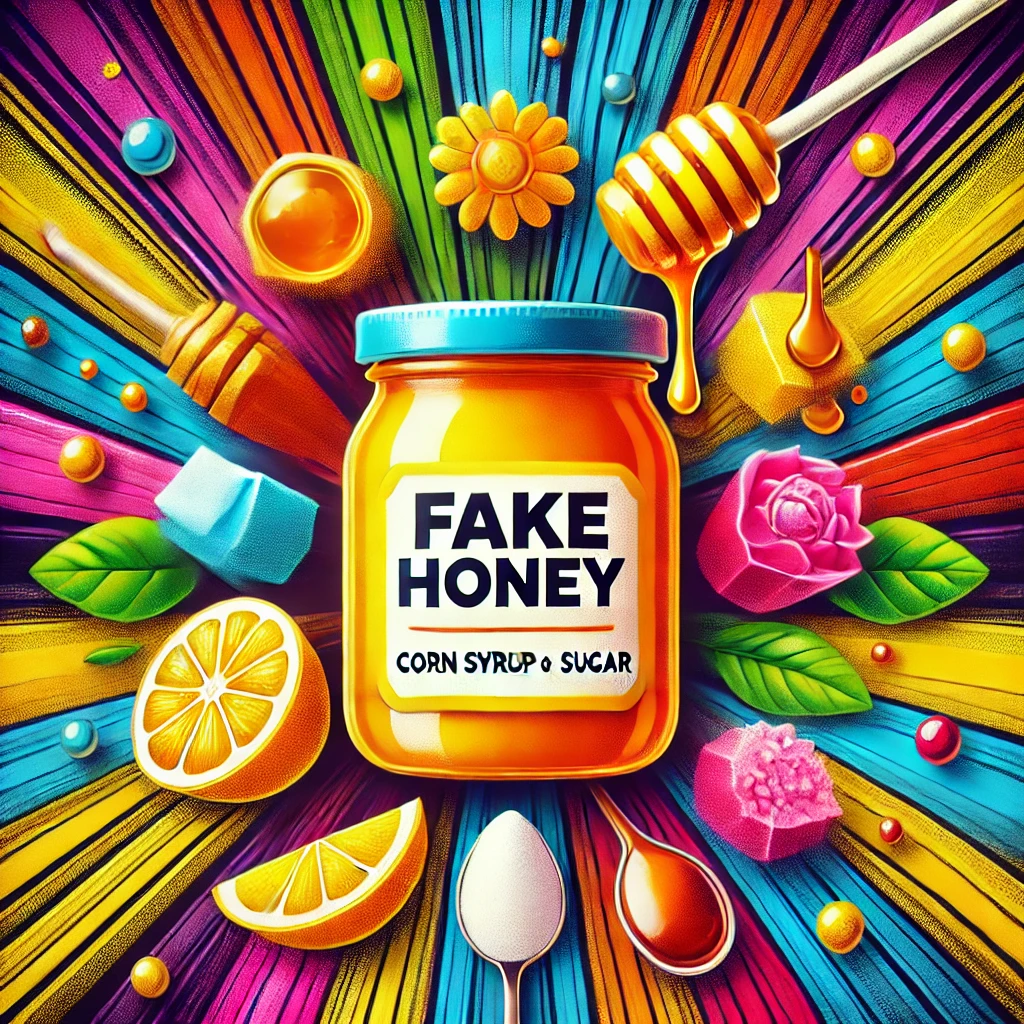The global honey industry is facing a significant challenge: the proliferation of fake and adulterated honey. As consumer demand for honey rises, so does the temptation for unscrupulous producers to cut corners and increase profits by selling impure products. This issue has serious implications for consumers, genuine honey producers, and the environment.
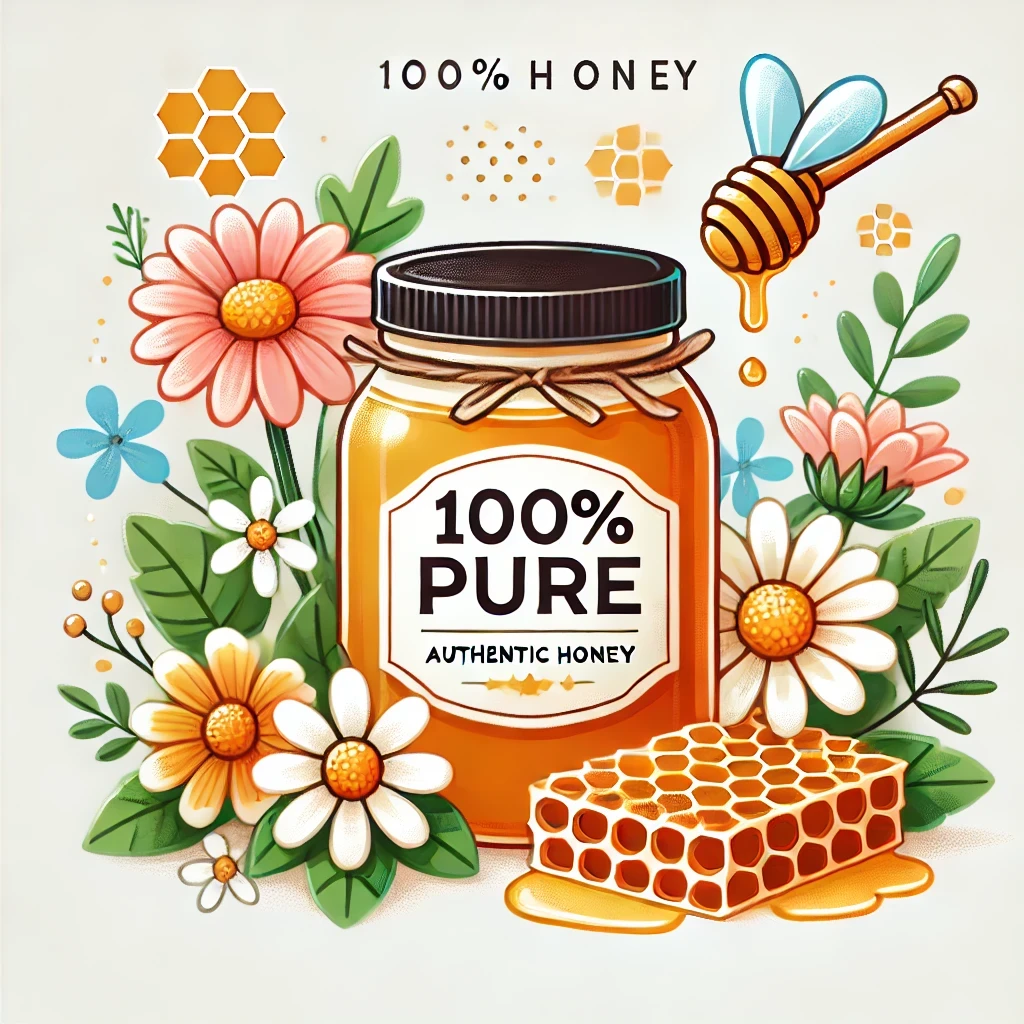
Firstly, the scale of the problem is alarming. Studies have shown that a substantial portion of honey on the market is adulterated. This can involve the addition of cheaper sweeteners like high fructose corn syrup, sugar syrup, or even rice syrup, which significantly reduces the quality and nutritional value of the product. In some cases, honey is diluted with water or contains residues from antibiotics and pesticides used in beekeeping.
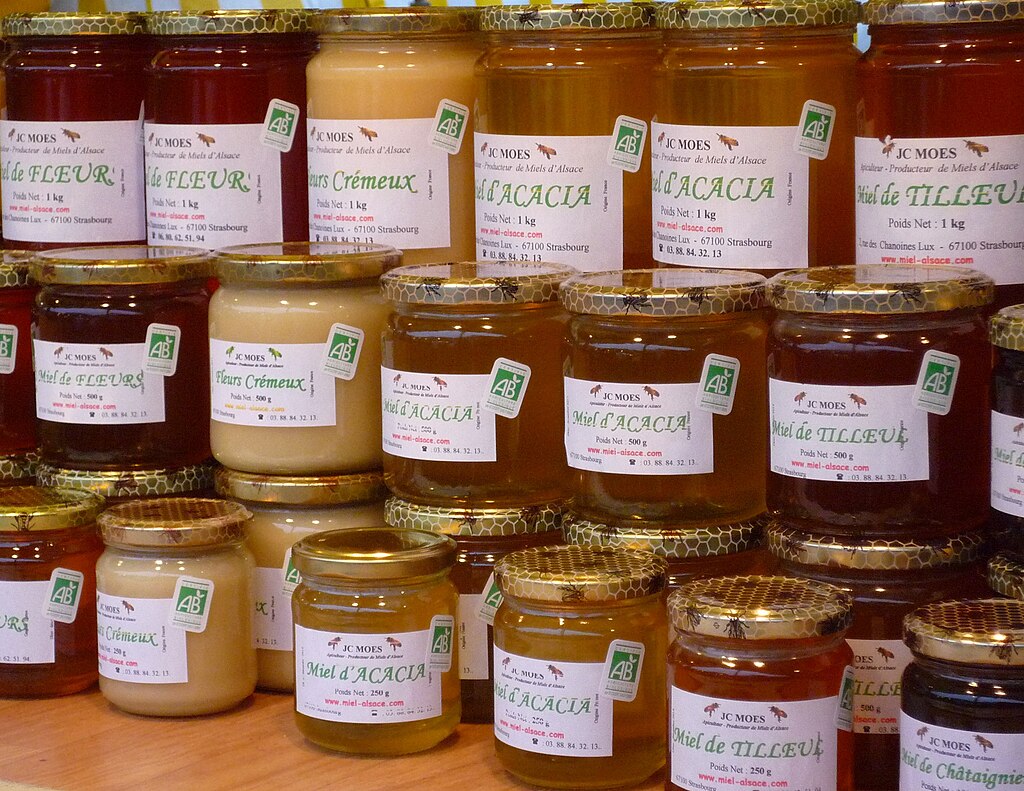
The impact on consumers is considerable. Those purchasing honey for its purported health benefits are often unknowingly consuming a product that lacks the expected nutritional properties. Authentic honey is known for its antioxidant, antibacterial, and anti-inflammatory qualities, but adulterated honey does not offer these benefits. This deception can have serious health implications for individuals relying on honey for its medicinal properties.
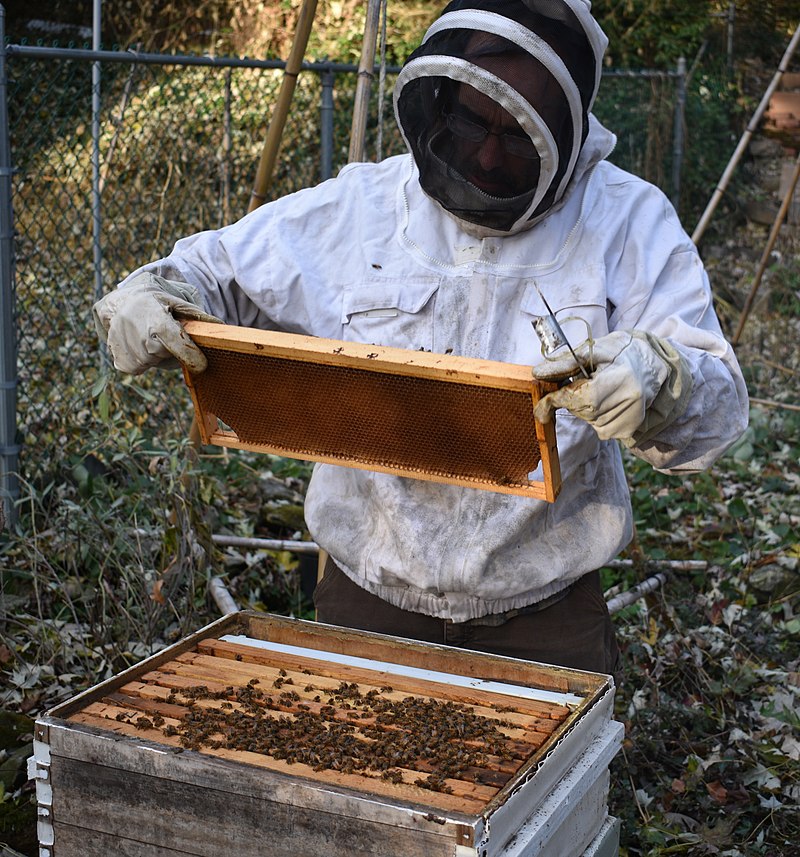
The economic repercussions for genuine honey producers are also profound. Honest beekeepers and producers who adhere to rigorous standards find it difficult to compete with the lower prices of fake honey. This situation can drive small-scale beekeepers out of business, reducing biodiversity and threatening the livelihoods of those who depend on beekeeping.
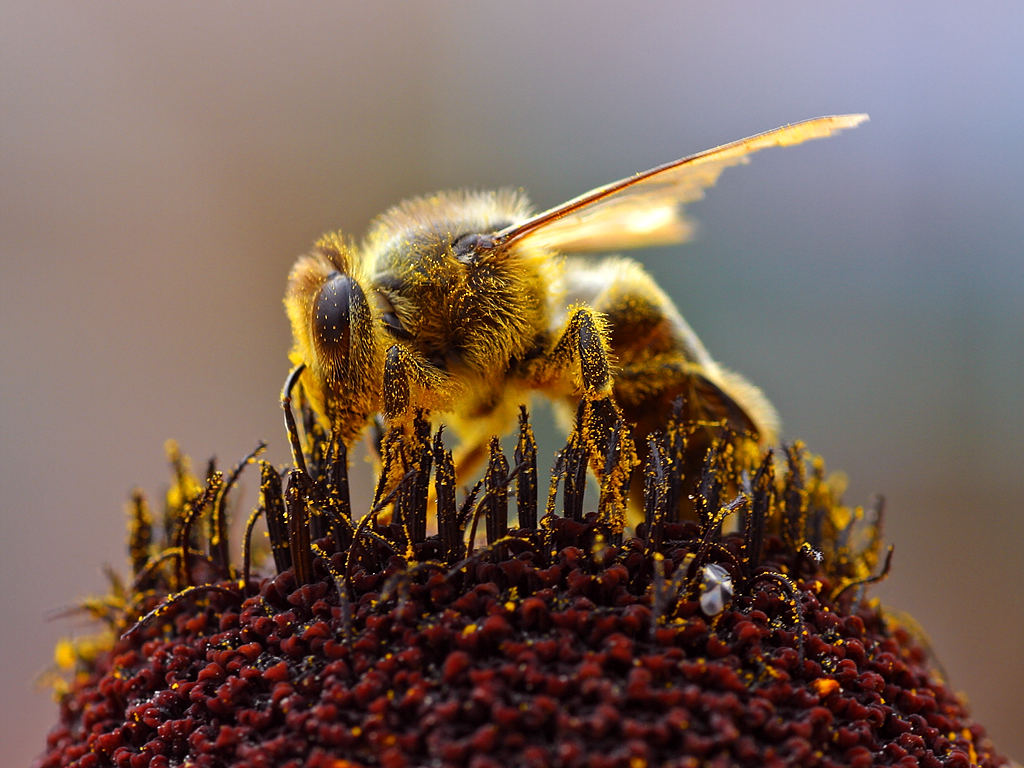
The environmental impact of fake honey cannot be ignored. Authentic honey production supports the health and survival of bee populations, which are crucial pollinators for many crops and plants. The decline of genuine beekeeping operations due to competition from adulterated products can contribute to the decline of bee populations, posing a threat to global food security.
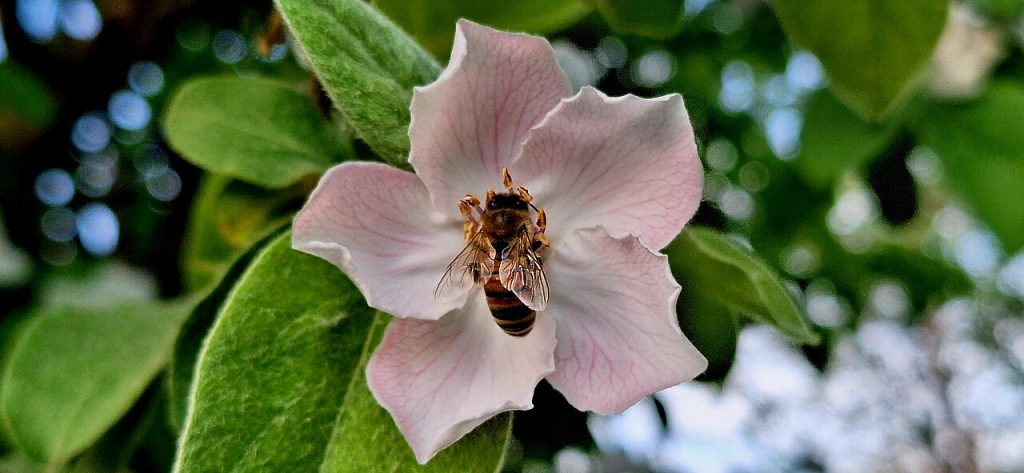
Efforts to combat this problem are underway. Regulatory bodies in various countries are tightening standards and increasing testing to identify and eliminate fake honey from the market. For instance, the European Union has implemented stringent measures to ensure the purity of honey sold within its member states. Similarly, the United States has seen increased enforcement actions against producers of adulterated honey.
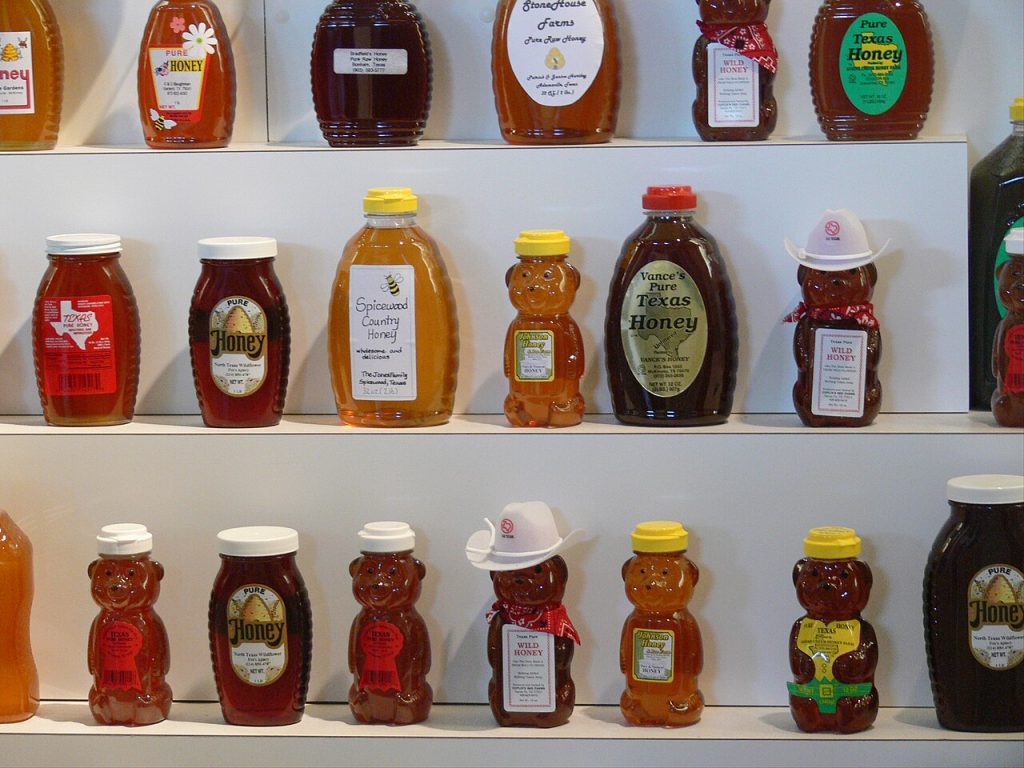
Consumers also play a crucial role in addressing this issue. By being informed and vigilant, individuals can make better purchasing decisions. Buying honey directly from local beekeepers, looking for certification labels, and being wary of unusually low prices can help ensure the honey is authentic. Awareness campaigns and education about the importance of genuine honey are essential in empowering consumers to make informed choices.
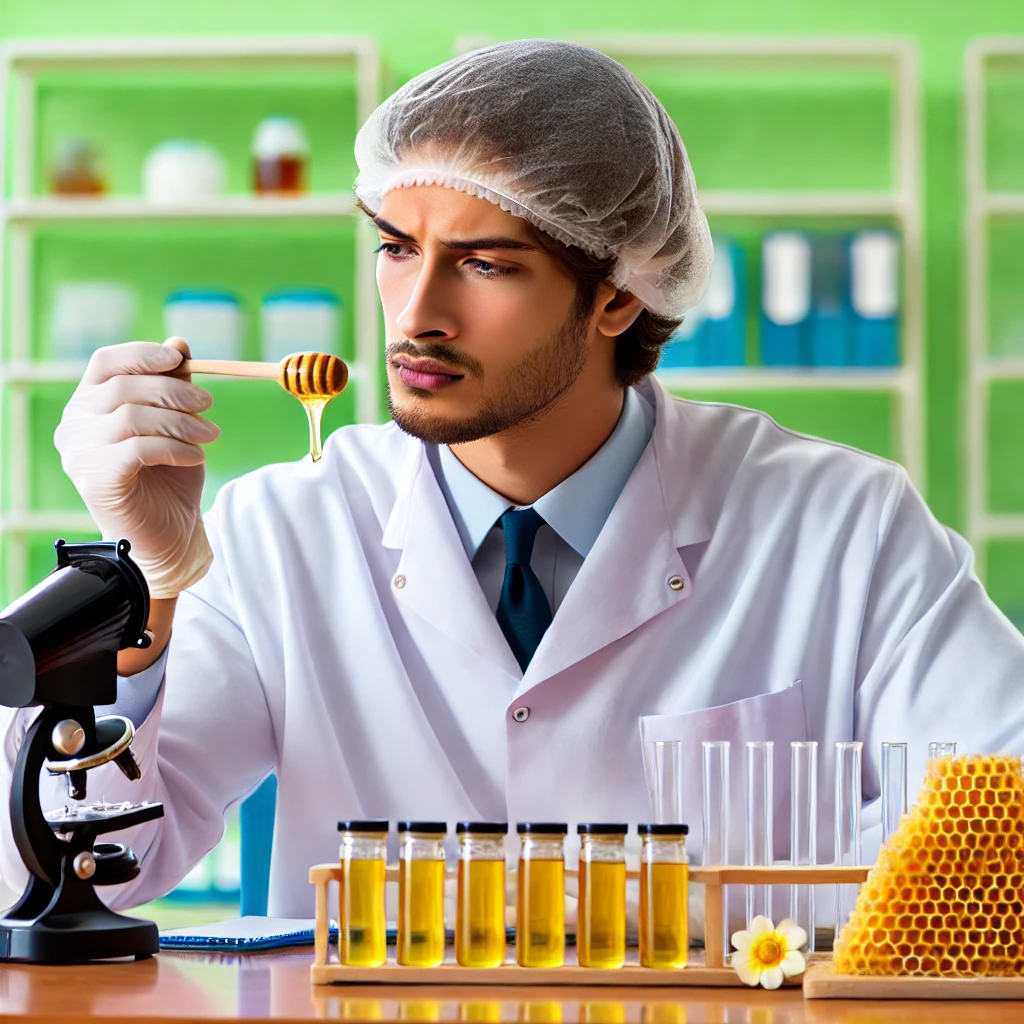
Technology is also being harnessed to tackle the problem. Advanced testing methods, including nuclear magnetic resonance (NMR) spectroscopy and isotope ratio mass spectrometry (IRMS), are being employed to detect adulteration and verify the authenticity of honey. These techniques offer more accurate and reliable results, aiding regulatory bodies and consumers in identifying fake products.
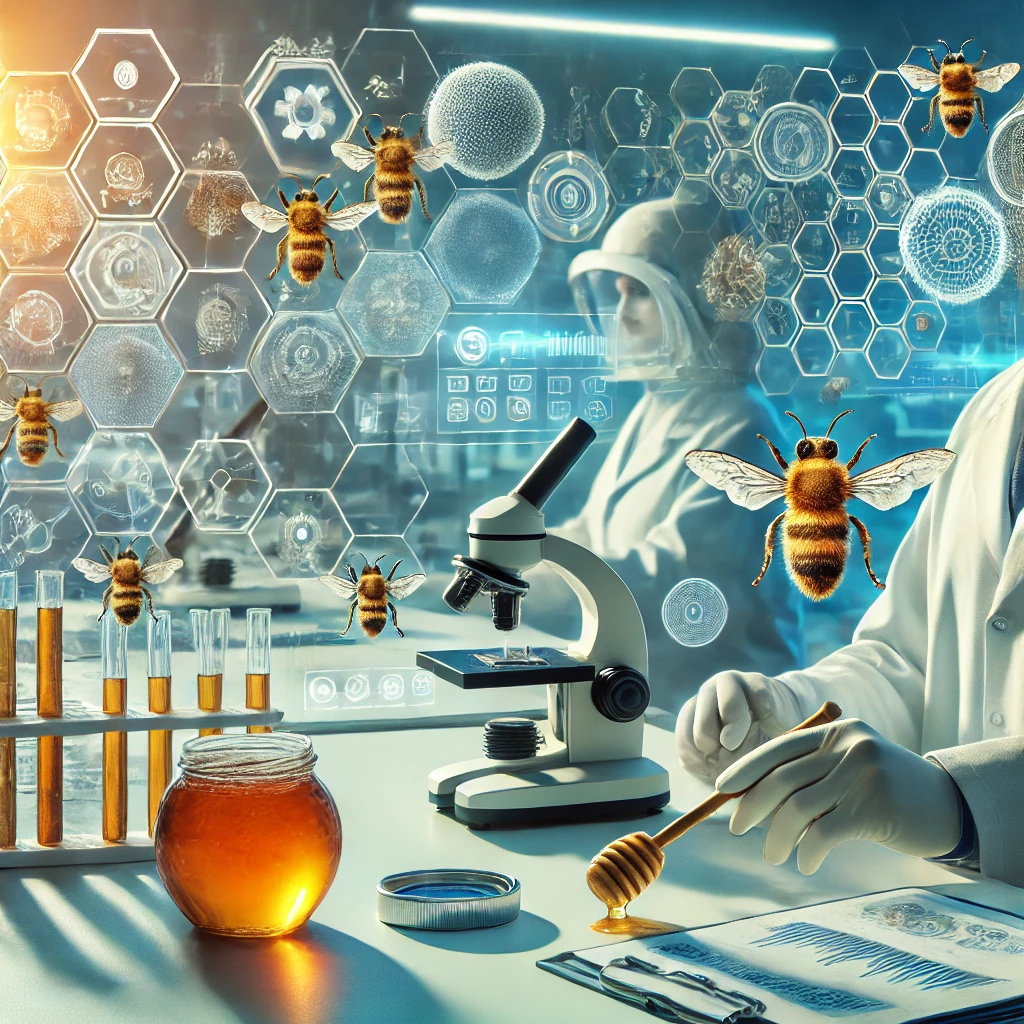
The rise of fake and adulterated honey is a multifaceted issue with significant implications for health, economics, and the environment. Tackling this problem requires a concerted effort from regulatory authorities, genuine producers, consumers, and the scientific community. By working together, it is possible to protect the integrity of the honey market, ensure fair competition, and safeguard the benefits that authentic honey provides to individuals and the ecosystem.

